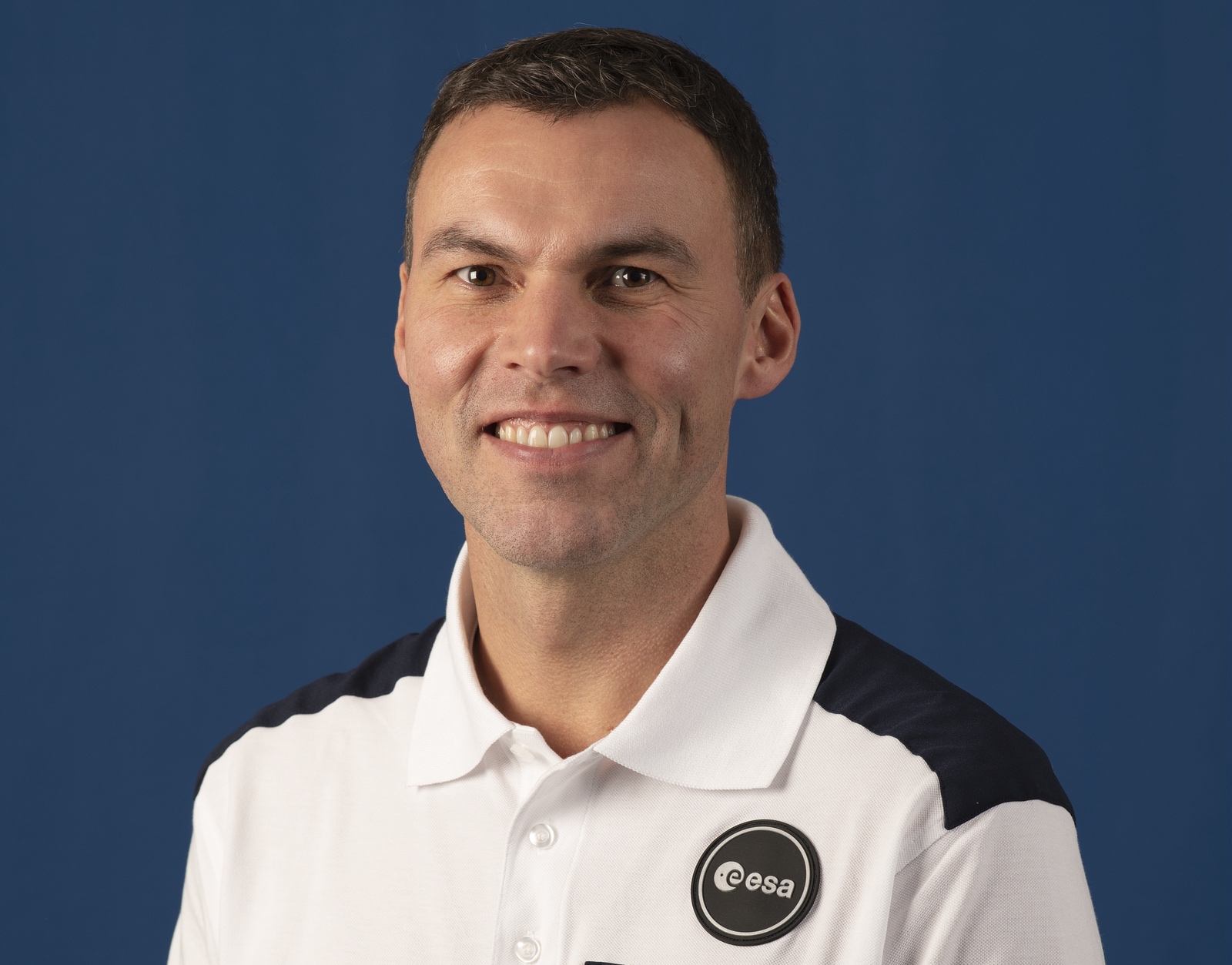WASHINGTON — As the European Space Agency continues to develop proposals for human space exploration efforts, more European countries are showing an interest in launching astronauts.
At a June 29 briefing after a meeting of the ESA Council, ESA Director General Josef Aschbacher announced that Poland was subscribing an additional 295 million euros ($325 million) for agency programs, a figure that includes the cost of flying a Polish astronaut to the International Space Station on a commercial mission.
That agreement, he said, was similar to one announced in April that involved ESA, the Swedish National Space Agency and Axiom Space that will fund the flight of a Swedish astronaut on an Axiom commercial flight to the ISS. ESA announced in June that Marcus Wandt, a Swedish Air Force pilot selected by ESA as a reserve astronaut in November 2022, would go on that mission.
ESA has not announced when Wandt will fly. Anna Rathsman, director general of the Swedish National Space Agency and outgoing chair of the ESA Council, said at the briefing that the flight had to be coordinated among the various organizations involved, including NASA.
“Sweden has been able to make very quickly decisions that allowed this flight to happen,” Aschbacher said. “In less than two months we have gone, I would say, from zero to signature of the agreements.”
Wandt, he said, is already in Houston undergoing training for the flight. The earliest opportunity would be the Ax-3 mission, slated to fly to the ISS in late 2023 or early 2024. Axiom Space has not announced the crew for that mission.
Other European countries have expressed an interest in flying short-duration missions to the ISS. Walter Villadei, an Italian Air Force pilot who flew on Virgin Galactic’s first commercial suborbital flight June 29, also has trained with Axiom Space and was a backup on the Ax-2 mission to the station in May. Hungary’s foreign minister said at the ESA ministerial meeting in November 2022 that the country was spending $100 million on its own private astronaut to fly with Axiom.
That activity comes as ESA is working on proposals for human spaceflight programs of its own. A report in March by an independent High-Level Advisory Group recommended ESA pursue the ability to launch its own astronauts, developing crewed spacecraft and potentially commercial space stations and lunar missions. In response, Aschbacher said in April that the agency was working on proposals to implement those recommendations.
In a July 1 interview after the launch of ESA’s Euclid space telescope on a Falcon 9 from Cape Canaveral, Florida, Aschbacher said the agency is continuing work on those proposals through the summer in preparation for a Space Summit of European nations in Seville, Spain, in November.
Those efforts included a discussion during a side meeting of last week’s ESA Council meeting. “The discussion was very constructive, very positive, and there’s a lot of work that is being done right now by our teams, with industry and with the member states to establish scenarios and options of what Europe could be doing and should be doing, and what the price tag is attached to it,” he said.
By September or October, he expected to have “more clarity” on the various options, which he said currently are too premature to discuss publicly. He did note that one requirement is that the proposals not take funding from other ESA programs. “That’s why I’m calling for the Space Summit because this engages the top leaders in Europe to really discuss what Europe should be doing, because these decisions need to be made there.”
The interest by several ESA member states in private astronaut missions is a positive sign for the agency’s plans for human space exploration, he argued. “Sweden, Poland and many others are now inspired by this ambition to go to space and have an astronaut flying into space,” he said. “This momentum starts developing, and I can only say it’s nice to see.”
Aschbacher added that he didn’t think that such short-term missions, funded in Sweden’s case as part of a public-private partnership, would detract from efforts to craft a long-term human spaceflight program at the agency. “They have certainly raised the appetite and the attention, but you cannot compare a 10-day mission with a six-month mission on the space station,” he said. “But it’s a new element that we can add to our portfolio.”
